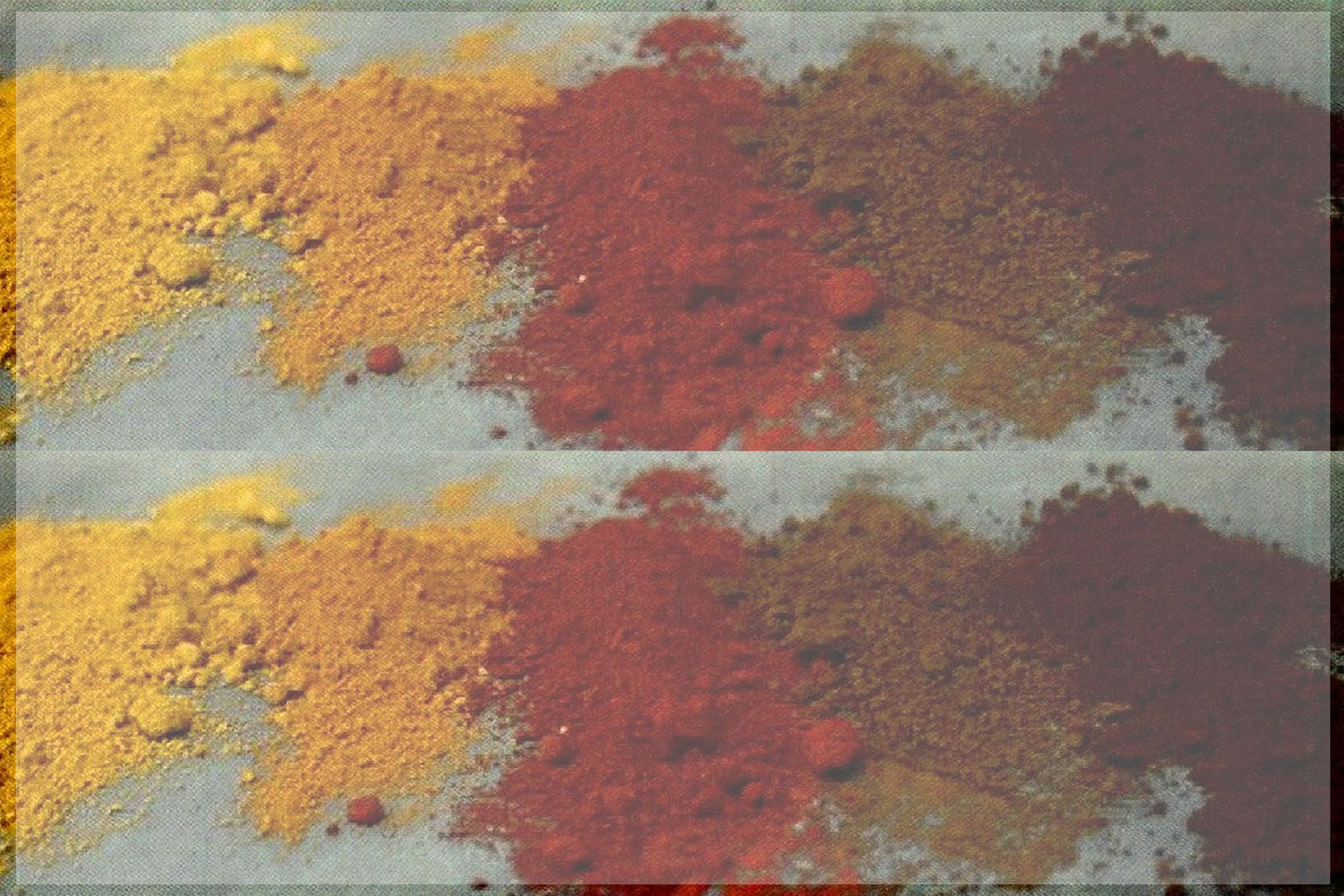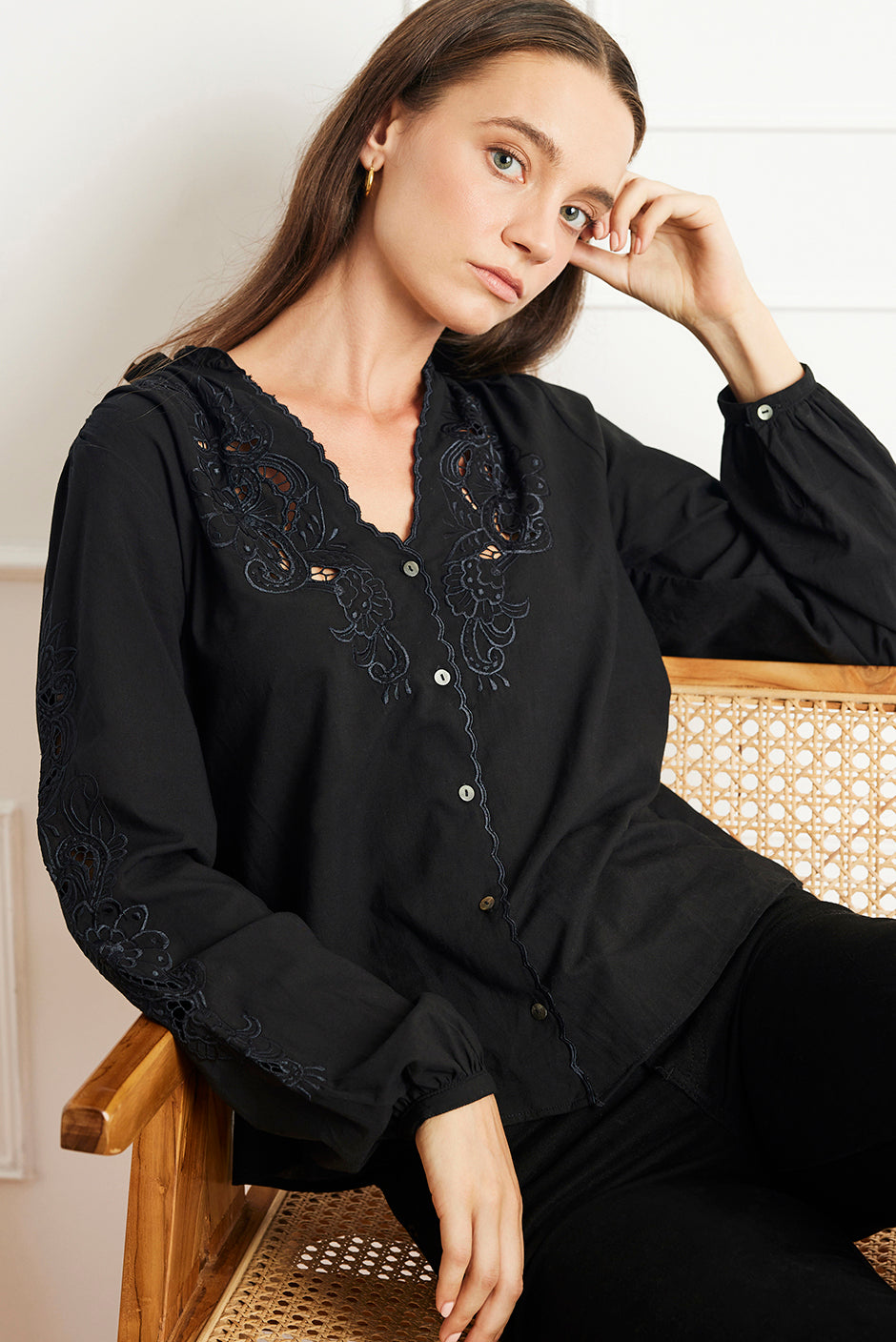-FREE SHIPPING ON U.S. ORDERS OVER $150. ECO-FRIENDLY PACKAGING ALWAYS- JOIN PANEROS REWARDS-
-FREE SHIPPING ON U.S. ORDERS OVER $150. ECO-FRIENDLY PACKAGING ALWAYS- JOIN PANEROS REWARDS-
Shop
Going Au Naturale With Natural Dye Techniques

Natural Iron Oxides to Dye Fabric
Natural Iron Oxides, commonly known as "earth" colors, are found all over the earth in muted shades of red, orange, yellow and green. It comes as no surprise that these colors have been on artists' palettes for more than 40,000 years. Many cave paintings that are still visible today stand as a testament to the stability and durability of these mineral colorants.
In fact, these muted yellow, orange, red and brown hues dominated the work of the classical artists because earth colors were both commonly available and lightfast (for those who don't remember their color theory class, that means they are not prone to discolor when exposed to light).
The range of these natural colors is made possible because of the different types of iron oxide present in the material. Limonite, one type of iron ore, contains water in its chemical makeup and ranges from yellow to brown (hydrous ferric oxide). Artists will know these colors as Ochre, Sienna, and Umber. Ochre is a clay color. The famous "Terra di Sienna" is a hydrated iron oxide that originated in Tuscany and contains silicates and aluminates that increase the transparency of the pigment and cause it to change colors. When it is heated the water evaporates, resulting in a reddish color from hematite called "Burnt Sienna." Fun fact - red earth colors, both natural red oxides as well as red hematite derived from roasting the ores, have been used for funeral ceremony purposes throughout history because of the color red's close association with human blood. In fact, the word "hematite" is itself derived from the Greek word "haimai", which means "blood". Finally, the color Umber, from its Latin origins meaning "shade," is found in sites where naturally occurring manganese dioxide combines with iron.
In the studios of the classic artists, painters famously pushed against the limitations of their colors and pioneered new techniques we take for granted today - and the natural colors played a huge part. Sienna and Umber are key colors in creating effects of depth, able to create nearly imperceptible transitions from light to dark. Equally important today even though there are so many intense colors available, dyers and painters still appreciate and value earth colors for their beauty, stability and deep connection to our mother earth.
At Paneros, we are all about the connection to mother earth and our place in it. Naturally, we are developing a product that features natural dyes to color the fabric. Not only are the dyes connected to earth, but they are created without the need for harmful chemical processes or the harmful water contamination afterwards.
To help make it easier to understand, we also added a video tutorial here.
Check out our newest natural dye products, just another way we are trying to be more sustainable.


